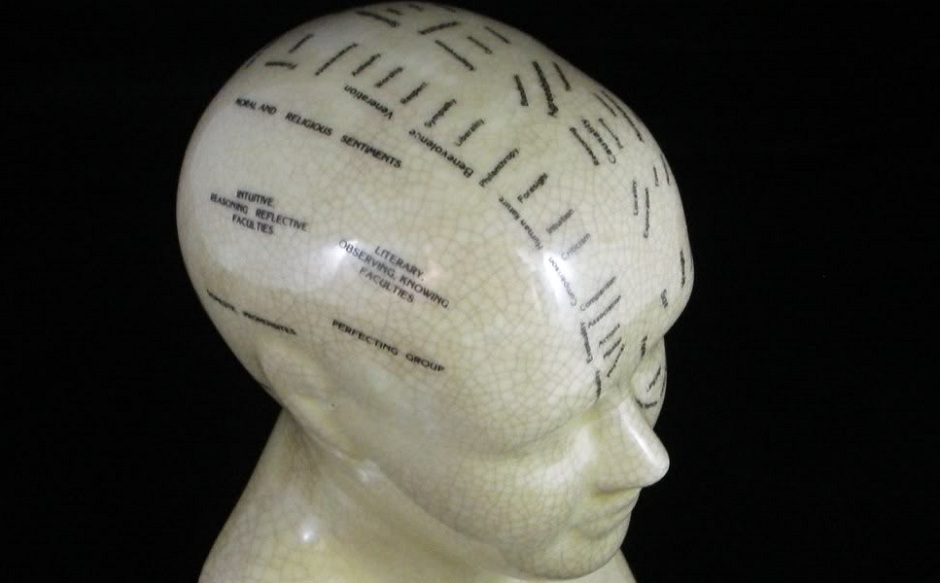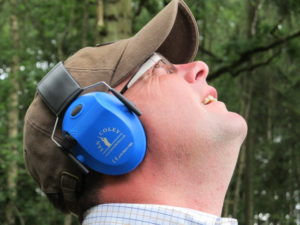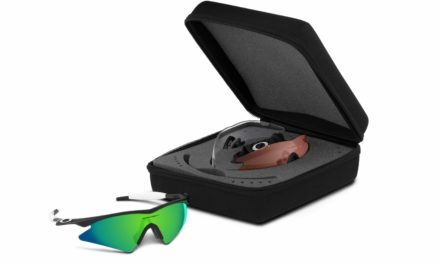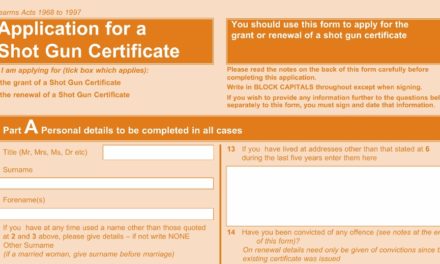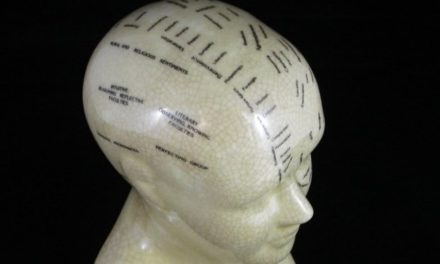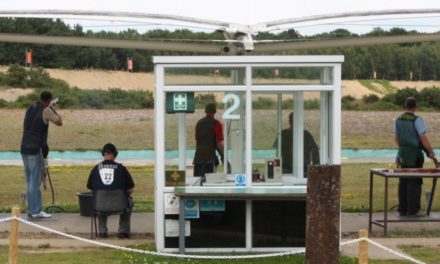The ShootClay team are pleased to welcome guest poster Phil Coley to introduce his 10 part guide to Clay shooting success.
The psychological aspects of Clay Shooting can affect anyone, from the casual straw bale shooter competing against their friends right through to the Olympian competing for their fourth straight round – the prize might be bigger, but the principles of concentration are just the same.
In this post (part 2 next week) – I’ll talk you through my top ten tips for English Sporting – these are part of a much bigger programme of Clay Shooting Psychology which can be accessed through my website.
Sporting Top 10 Mental Tips – Part One
- Visualise, visualise and visualise on the feeling you have when you shoot well. It is so important to get this right. The visualisation should be focused on how you feel when you shoot certain targets – you will never visualise all of the targets presented to you, but there will always be a number of similar targets. You will always have a crosser, an incomer, a going away and an overhead, a quartering, a midi, a mini, and a battue. The key is to visualise how you feel approaching those targets. Visualise where you pick a target up, what your movement is, where you shoot the target, but most of all how you feel when you shoot well – what is/are the feeling(s) you experience
- Training for Competition– this is one of the most difficult questions we get but one of the more simple to answer. If you are going to be shooting over a day and spending 20-40 minutes on a stand waiting and shooting, then that is what you have to train for. When you are waiting you need to learn to switch off, when you get on the stand then you need to focus on the shooting of the target. We use the phrase, as an example, “don`t think of an egg yolk” and low and behold you are thinking of an egg yolk. It is the same with shooting; “don’t miss this one” or “don’t think about those waiting to shoot”, then you find yourself think of one or both of these examples. To train for Competition you need to use your training specifically with two purposes; one is for technical training – refining your style or work on a specific target. The second purpose is to train for competition. When you are training, use the routine you would in competition – if you would shoot 5 pairs, then shoot 5 pairs regardless on the score. Go to another stand and wait for 5 minutes then step on and shoot 5 pairs. Try as best as you can to simulate your training as a competition.
- Set mini goals for the coming months. This time of year you can’t change the way you shoot massively from a technical point, especially if shooting for averages and in competition, but you can set your score goals for the coming months. The best way to do this is to plan out the shoots you are going to shoot and give yourself two goals – one goal is your actual score at the end of the season (your average), the second is to give yourself a Performance Goal – how well you performed on the day (this would normally be a number of aspects, but to start with give yourself a score out of 10 for the way you shot on the day – remember you could have shot really well, but scored well under your average). If you set these goals from now until the end of September and see when you get to the end what your scores looked like from this you can plan for the off-season. There will be lots of different articles coming up regarding off-season training and how to plan your year for technical and mental training.
- Routine Bubble– you need to create your own bubble when you shoot. This is a mental bubble that you step in when you step onto the stand. To use this takes time, but the bubble protects you from negative thoughts, it also protects you from those watching, it is your way of tunnelling your vision and focus on the shooting in front of you.This technique is a specific one and is not always to be used by all, but it does work for many. Lets look at how it works. You need to see in your mind that you step into a bubble, the bubble is open at the front allowing you to shoot, but behind you it is a wall. The wall stops all the negative thoughts and there is no one with you on the stand. You can visualise this technique and you need to believe in it – it does help. If you don’t feel this is for you, then that is fine.
- You pull the trigger. In Sporting there are many ‘experts’, but they always seem to Mr or Mrs Average with their advice. When you look at a target you know roughly where you will be pulling the trigger. My friend, John Bidwell, is a great example of this with his trick shooting – John pulls someone from the crowd – someone who has not shot before – he asks them where they would shoot at the target (not the lead) in the sky, most times it is the same as John or any shooter would. When John and another great clay shot Mickey Rouse shoot from the hip, the instinct takes over. For you to shoot well you need to have confidence in your ability – measure your success on your past performance and trust yourself where you will pull the trigger. There is a huge amount of ballistic science to shooting, but fundamentally you know where you would pull the trigger at a given point – trust in yourself in competition, not where someone else says.
Part two of the top ten – next week.
For full details of Phil Coleys programme for success in Clay Shooting – check his website.

